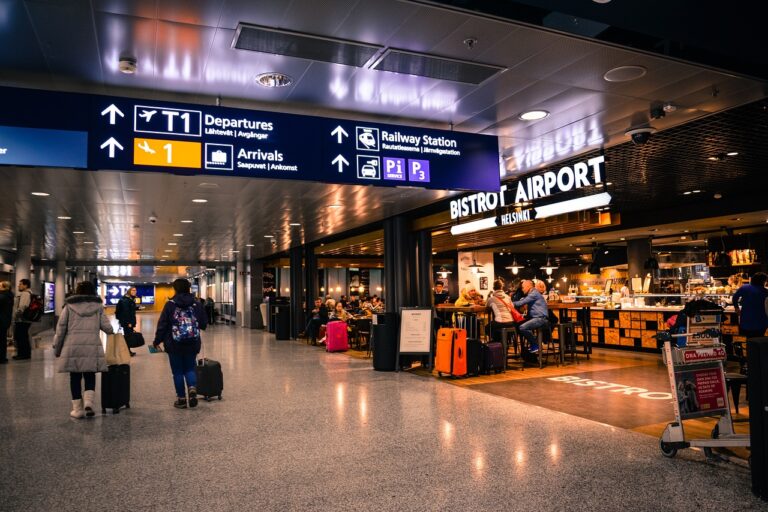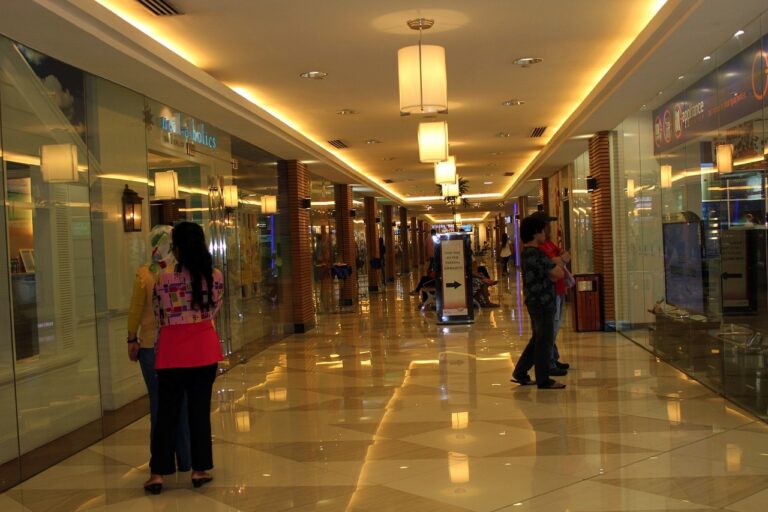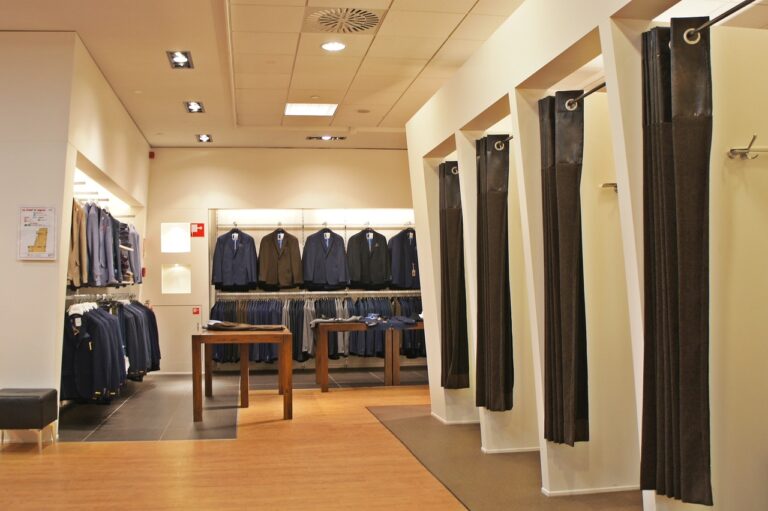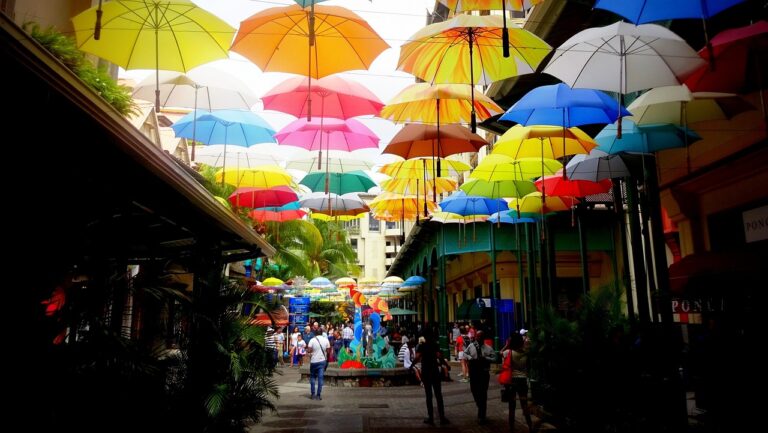The Role of Digital Fashion Shows in Reducing Environmental Impact
Virtual fashion shows have emerged as a novel approach within the sustainable fashion industry, offering a plethora of benefits to both designers and consumers. By shifting from traditional physical shows to virtual platforms, fashion brands are able to greatly reduce their carbon footprint and environmental impact. This transition not only minimizes the need for travel and venue logistics but also decreases the overall waste generated by the traditional fashion show model.
Moreover, virtual fashion shows open up new possibilities for creativity and inclusivity in the industry. Designers are empowered to showcase their collections in innovative and immersive ways, reaching a global audience with greater ease and efficiency. This accessibility not only increases brand visibility but also fosters a more inclusive environment for fashion enthusiasts from around the world to engage with and appreciate sustainable fashion initiatives.
The Evolution of Fashion Shows in the Digital Age
Fashion shows have undergone significant transformations in the digital age. With the rise of technology, many fashion brands are opting for virtual showcases to reach a wider audience and showcase their collections in innovative ways. Virtual fashion shows have enabled designers to experiment with creative concepts and presentations that may not have been possible in traditional runway shows.
In addition to expanding the reach of fashion shows, the digital age has also provided opportunities for more sustainable practices within the industry. By transitioning to virtual fashion shows, brands can significantly reduce their carbon footprint by eliminating the need for physical travel, set constructions, and paper invitations. This shift towards sustainability aligns with the growing awareness and demand for environmentally-friendly practices in the fashion industry.
• Virtual fashion shows allow designers to experiment with creative concepts
• Digital age provides opportunities for more sustainable practices in the industry
• Transitioning to virtual shows reduces carbon footprint by eliminating physical travel, set constructions, and paper invitations
• Shift towards sustainability aligns with growing demand for environmentally-friendly practices in fashion industry
How Virtual Fashion Shows Reduce Carbon Footprint
Virtual fashion shows have emerged as a sustainable alternative to traditional runway shows, significantly reducing the carbon footprint associated with the fashion industry. By leveraging digital platforms to showcase the latest collections, designers can reach a global audience without the need for physical travel, which in turn decreases the overall emissions generated from transportation.
Moreover, virtual fashion shows eliminate the production of physical event materials such as invitations, show notes, and promotional items that contribute to environmental waste. Designers can now create immersive digital experiences that not only limit waste but also provide a more inclusive space for creativity and innovation in the sustainable fashion industry.
How do virtual fashion shows contribute to reducing the carbon footprint?
Virtual fashion shows eliminate the need for physical venues, transportation for attendees, and production of printed materials, thereby reducing carbon emissions.
What are some benefits of virtual fashion shows in the sustainable fashion industry?
Virtual fashion shows allow for greater accessibility, reach a wider audience, and promote a more eco-friendly approach to showcasing collections.
How has the evolution of fashion shows in the digital age impacted the industry?
The digital age has revolutionized the way fashion shows are presented, making them more inclusive, innovative, and environmentally conscious.
Are virtual fashion shows becoming more popular in the fashion industry?
Yes, virtual fashion shows are gaining popularity as more brands and designers recognize the benefits of reducing their carbon footprint and embracing technology in showcasing their collections.





